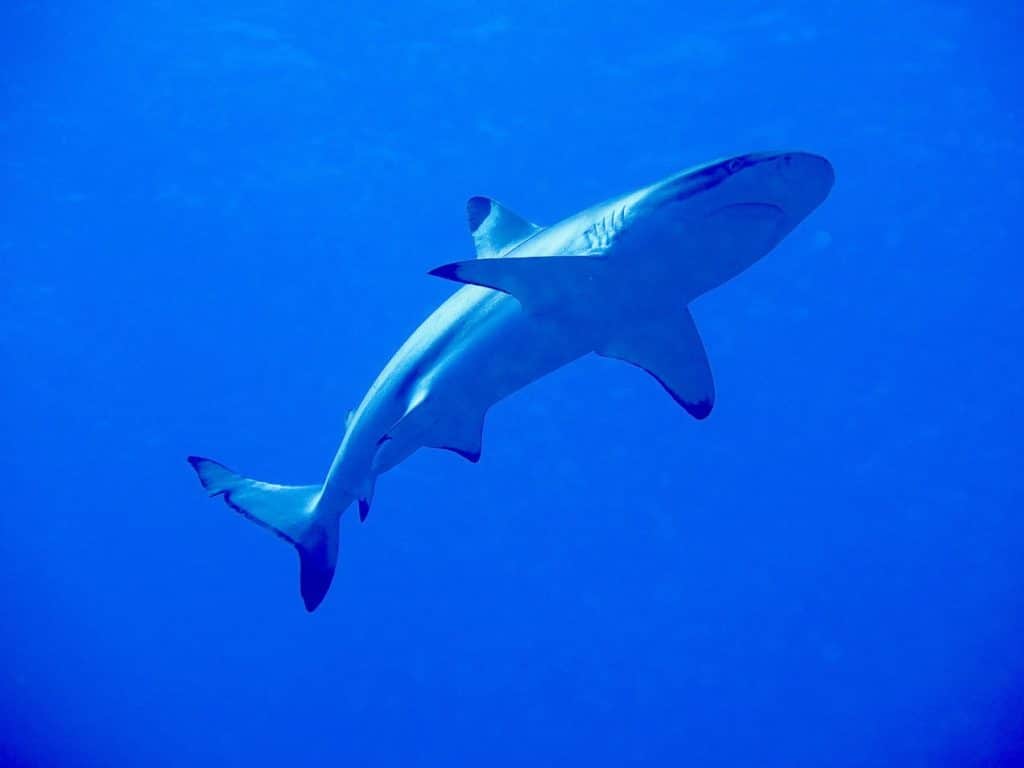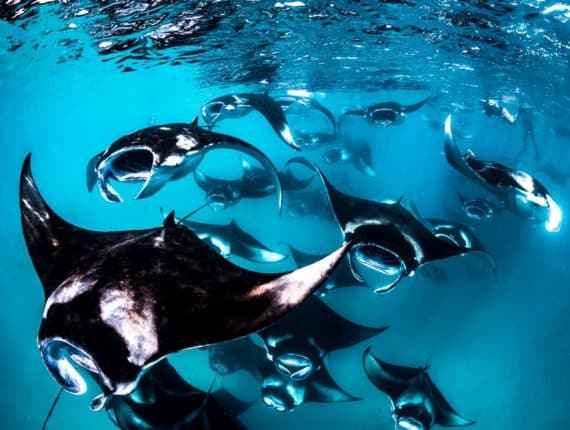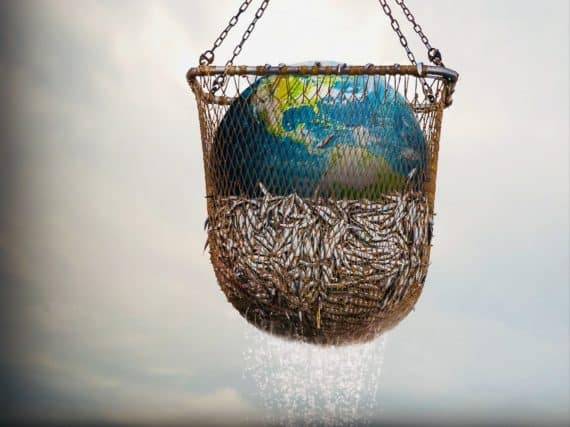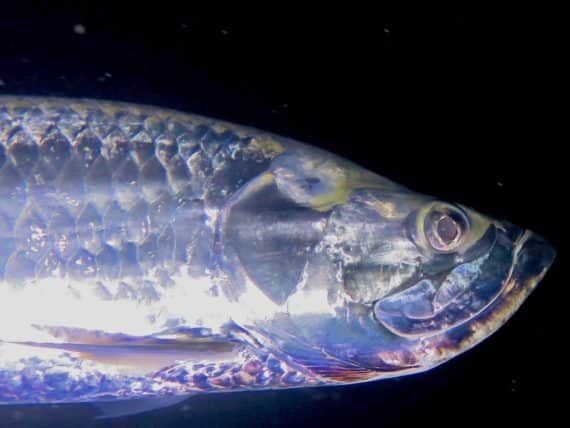Look at an impressive move
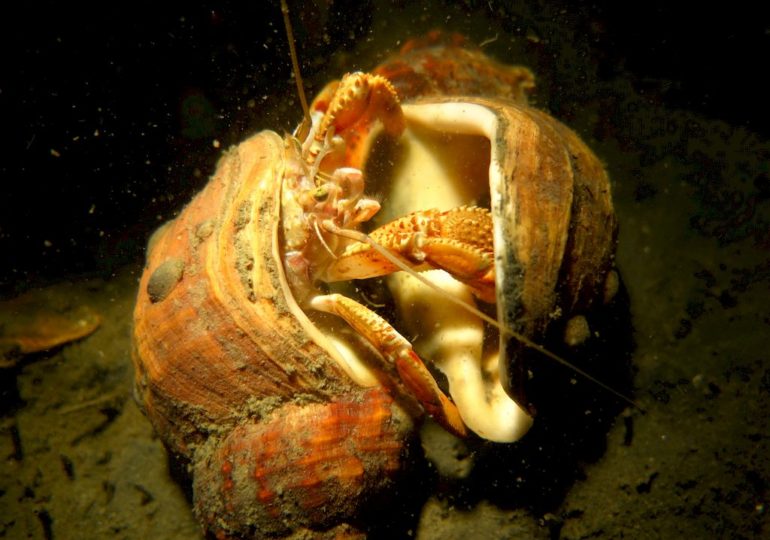
There are probably few divers on the globe who have not already encountered a hermit crab.
These magnificent small crustaceans can be seen everywhere in the world. Both in the water and outside. Where it is fun to see them move with their small feet. Funny animal, the hermit crab has 4 legs for movement. 4 for the placement and cleaning of its shell. And 2 for its defense and transport of food. (it often feeds on dead animals and is therefore a seabed cleaner).
The term hermit crab is most often used. Even though this crustacean of the parugoidea super-family actually hides more than one hundred subspecies including the famous coconut crabs.
One of the characteristics of this smart little crustacean is that it can cooperate with other species to ensure a camouflage. (sea sponge), serve as a nursery (hydraries) or ensure its protection (anemone of the seas). In exchange, it offers food residues and / or means of transport.
I find the behavior of hermit crabs fascinating and intelligent.
Their ability to cooperate with other species for mutual benefit is remarkable. During dives, observing hermit crabs in action is always a highlight for me. They exemplify unique partnerships in the marine ecosystem.
Once, I witnessed a hermit crab collaborating with a sea sponge for camouflage. It was incredible to see how they worked together seamlessly. The crab found safety while the sponge gained food residues—a win-win scenario in nature. Another time, I encountered hermit crabs living among hydraries. They provided shelter for the crabs, and in return, the crabs likely contributed to the ecosystem’s health.
One of the most memorable interactions was observing a hermit crab seeking protection within the tentacles of a sea anemone. The crab found safety from predators, while the anemone benefited from the crab’s presence. These symbiotic relationships highlight the interconnectedness of marine life.
The ingenuity of hermit crabs reflects the complex dynamics of marine ecosystems. Witnessing their cooperative behaviors underscores the importance of conservation and understanding. Each dive offers insights into the intricate web of life underwater.
Exploring the underwater world with its diverse inhabitants, including hermit crabs, is a constant source of wonder. Their adaptations and interactions reveal nature’s creativity and resilience. I’m grateful for these opportunities to witness the beauty and complexity of marine life firsthand.
Another great feature of this crab is its soft abdomen.
Unlike the crab, it does not have a carapace and therefore must seek shelter in an abandoned empty shell. The disadvantage is that this shell can not evolve with it and it quickly becomes obliged to change.
In some environments, this change of shell is organized as a “chain of vacancy” where many crustaceans like hermit crab wait for one to change shells to abandon theirs to the next.
If during your scuba exploration you have the chance to attend the show of the hermit crab, be still and patient and you will most certainly be happy to observe to the end the amazing move of this small animal.
For my part, I was able to attend the strange move of the hermit crab in the cold seas of a destination that wants to become the first diving destination of Europe.
I observed the intriguing movements of hermit crabs in the chilly seas of this emerging European diving destination. The sight of these crustaceans navigating the seabed captivated me. Witnessing their behavior added a unique dimension to my diving experience.
This short video shows you this really astonishing and rewarding move … to see to the end for the little wink of the hermit crab.
… What a great day.
Join my Facebook page for more sharing
Helene




